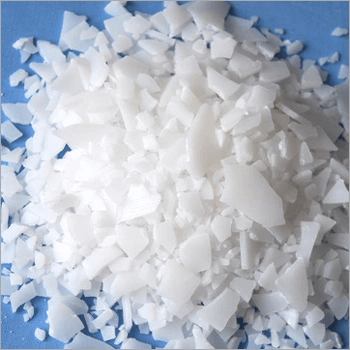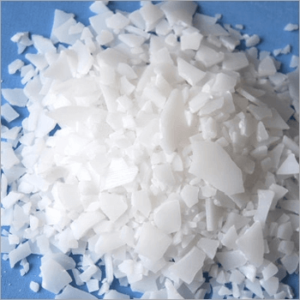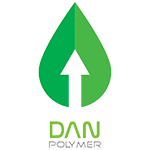For proper processability, wax is necessary to achieve a balance between wall adhesion and wall slip. In the PVC process, lubricants prevent PVC adhesion to the cylinder surface and thus prevent its destruction and change the melt flow capability. The nature of lubricants used depends on the type of process. Paraffin and polyethylene wax, fatty esters with long chains, have the said function due to the formation of a film on the surface of the page and cylinder, and are known as lubricants that are used to improve processability in various polymers. They not only improve the processability, but also strengthen the mechanical properties. Polyethylene wax is one of the most widely used external lubricants in polymer processes. You can contact the sales experts to inquire about the daily price and buy polyethylene wax.
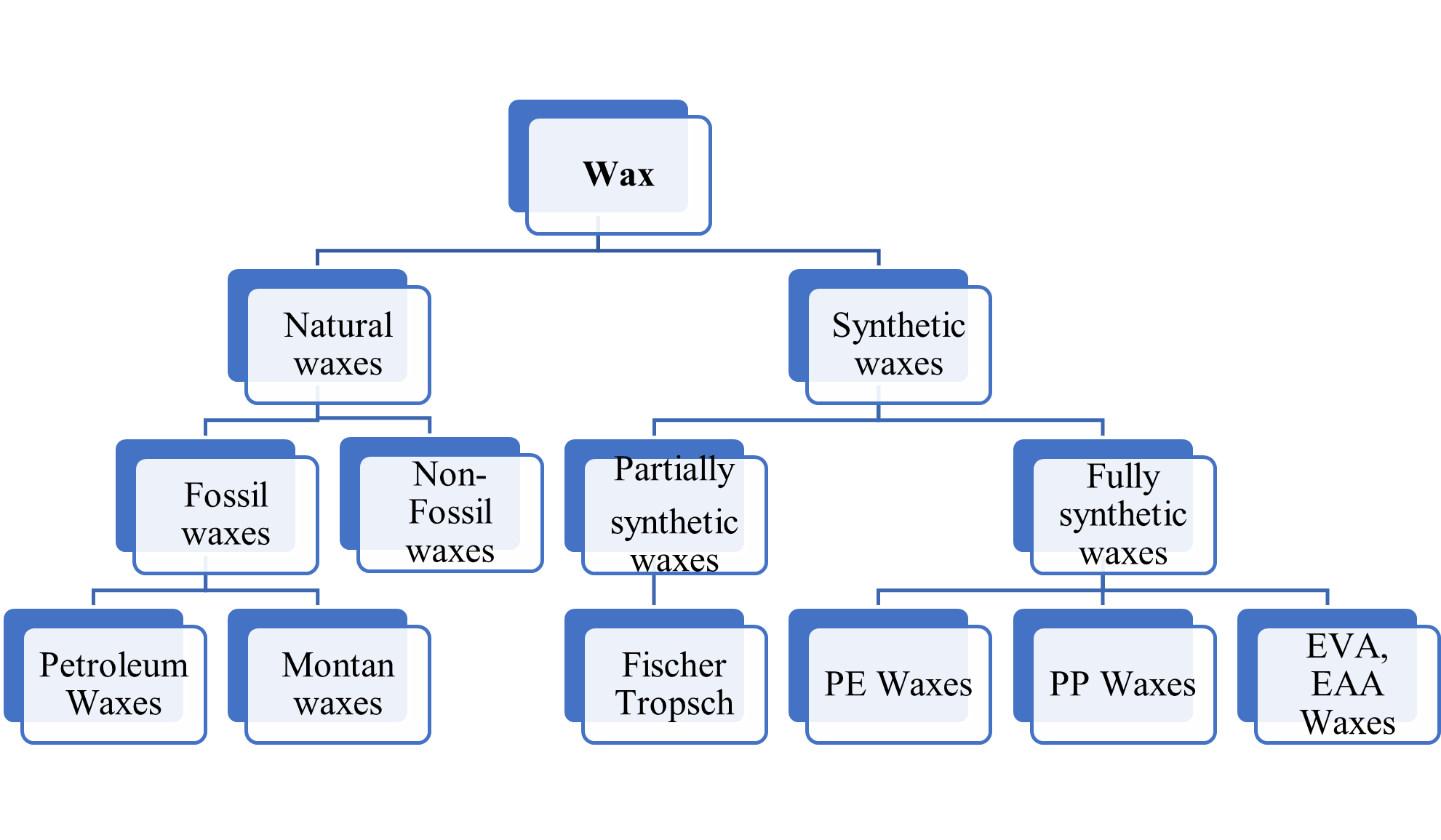
What is polyethylene wax?
Polyethylene wax is used as one of the most common crystalline solid lubricants in homopolymer or oxidized form. This type of wax is prepared in different molecular weights from light and heavy poly ethylenes by emulsion and non-emulsion methods. The main factor determining its properties is the molecular weight and the type of polyethylene.
Polyethylene waxes have a much lower molecular weight than polyethylene. Different reactions can be used to produce them. Polyethylene wax is produced by high-pressure, low-pressure polymerization, or controlled thermal degradation of high molecular weight
Types of polyethylene wax
- Powder polyethylene wax
- Flack polyethylene wax
Application of polyethylene wax
- color production
- PVC masterbatches
- Rubber compounds
- Hot melt glue
- Composites
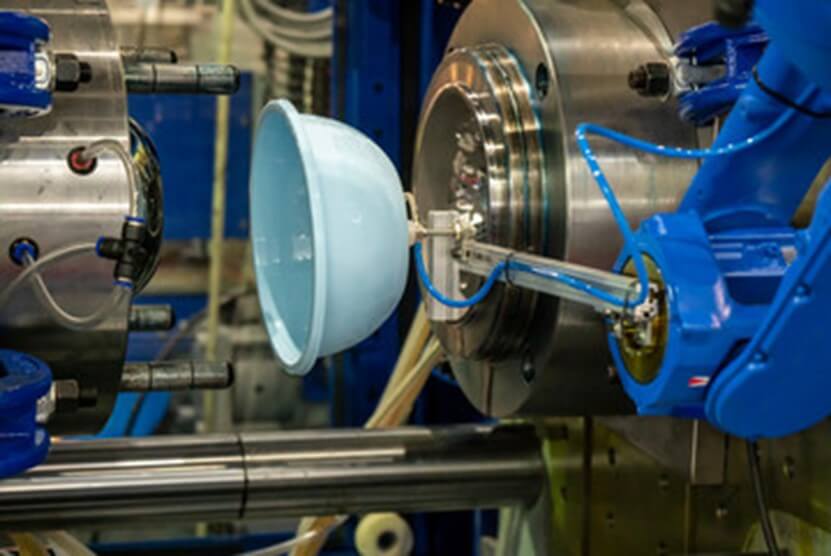
Advantages of polyethylene wax
- lubrication
- Mold separator
- Surface modification
- Adjust viscosity
- Creep resistance
- color dispersion

